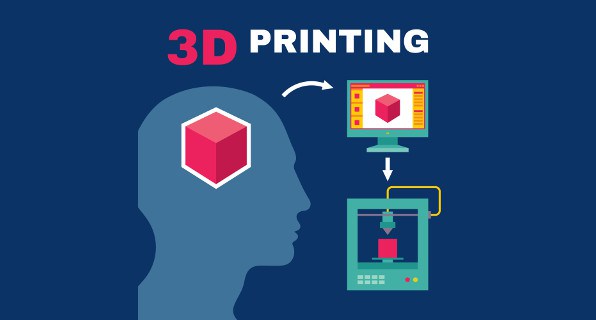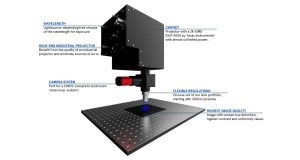Novices have multiple thoughts when it comes to 3D printers. Most of them believe that all 3D printers have filaments. To them, the terms SLS, Stereo lithography and even FDM, are a bit confusing. There are so many new technologies and upgrade materials used in the making of a 3D printer. Before getting your hands on any one for covering official use, it is highly requested that you get to learn more about the printing technologies first. Learn a bit more about the materials used over here before coming to a conclusion lately over here. The more you come to know about the technologies and materials, the better selection you can make in the end.
3D printing materials:
For staying in the top notch level of the 3D printing materials, you need to think about function, application and even the design of your product or component. For determining the right printing materials and technologies for matching your project’s needs, you have to go through the compiled materials guides first. Each material will have its share of properties, usability and applications.
- You have Alumide used for functional models, DIY projects and general manufacturing
- ABS is another printing material used for DIY, concept models, and other task as Alumide
- Next is the conductive material used for functional modes and DIY projects
- The same goes with HIPS
- Next you have Nylon for visual arts, concept models, medical manufacturing, tools and functional models
- PEEK is another one with the same inclusion as Nylon but with automotive and aerospace manufacturing addition to it
- The next stop in the list is PET meant for functional models, DIY and general manufacturing
- Later, you have PETG for concept and functional models, DIY and general manufacturing
Other than the names mentioned already, some of the other 3D printing materials used for commercial use are PLA, PVA, ULTEM, wood, bronze, aluminium, cobalt chromium, copper, Inconel, nickel, precious metals, titanium, stainless steel, wax, ceramics, sandstone, paper and SLA Resins. You can further use PolyJet Resins used for visual arts, concept models, jewelry, tooling and medical manufacturing.
How 3D printing technology works:
There are mainly 3 basic steps to consider while using 3D printing process for the first time. You should head for the steps to learn a bit more about the concept clearly.
- For the first step, the 3D file preparation takes place. It can be prepared right from the scratch by using 3D scanner, CAD software or by just downloading it from online reputed stores.
- The second step involves choosing right material for achieving the best properties for object. The materials are listed above for better understanding. The materials will decide the 3D printing technology to be used. Not every printer can work with the same material. So, be sure of that.
- For the last step, it is all about the printed objects. Some of them are not quite dispatched unless those are lacquered, sanded or even painted. So, this step is all about that post-production work, which is rather optional.
Types of 3D printing technologies:
There are so many technologies often associated with 3D printing. Before you get to buy one, it is better to learn a bit more bout it first.
- The first one in this list happens to be Fused Deposition Modelling. These are rather commonly used nowadays and sometimes referred as FFF or Fused Filament Fabrication. Here, a filament spool is loaded into the printer and fed through the nozzle in extrusion head. After that, the nozzle is heated as per desired temperature. It works layer by later.
- Another technology in question has to be Vat polymerization. Here, the photo-polymer resin is cured through light source.
- You can further head for SLA or Stereo lithography, which is the first ever 3D printing technology in use. It was invented in 1986 and still going strong for some selected projects.
Other than these few options, there are so much more! Ask experts for detailed before making a right move. You can try going for the technology and material, which is suitable for your project. Depending on the selection, the prices are subject to change a bit.
Subscribe to our Newsletter
3DPresso is a weekly newsletter that links to the most exciting global stories from the 3D printing and additive manufacturing industry.
























